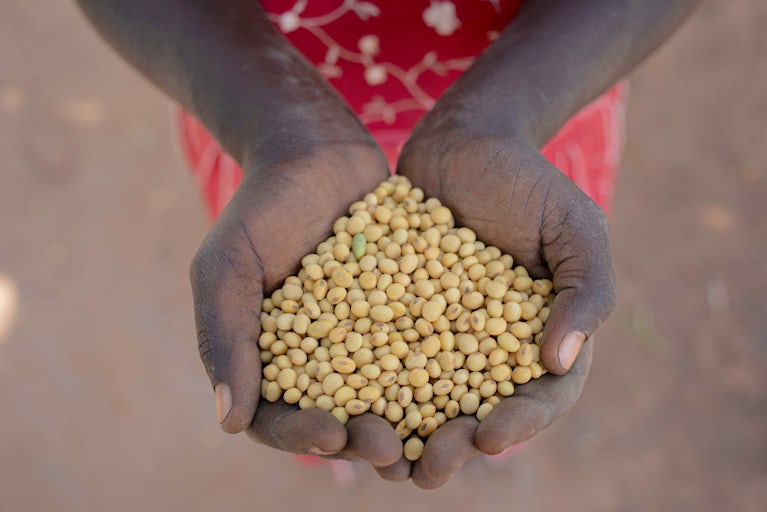
The High Cost of the High Cost of Food
By Alyssa Cogan | July 29, 2022
With worldwide hunger steadily on the rise, one flaw in the global food system is particularly hard to stomach: food loss and waste.
The Food and Agriculture Organization of the United Nations estimates that 1.3 billion tons of edible food are lost or wasted every single year, totaling a third of all human food production and $940 billion in economic losses.
Food loss and food waste are global challenges with enormous environmental, economic and social consequences.
In an era when sustainability and responsible management of natural resources have gained increased prominence, reducing food waste has emerged as a critical concern. Read on to learn more about this issue and how Heifer International is working to overcome it.
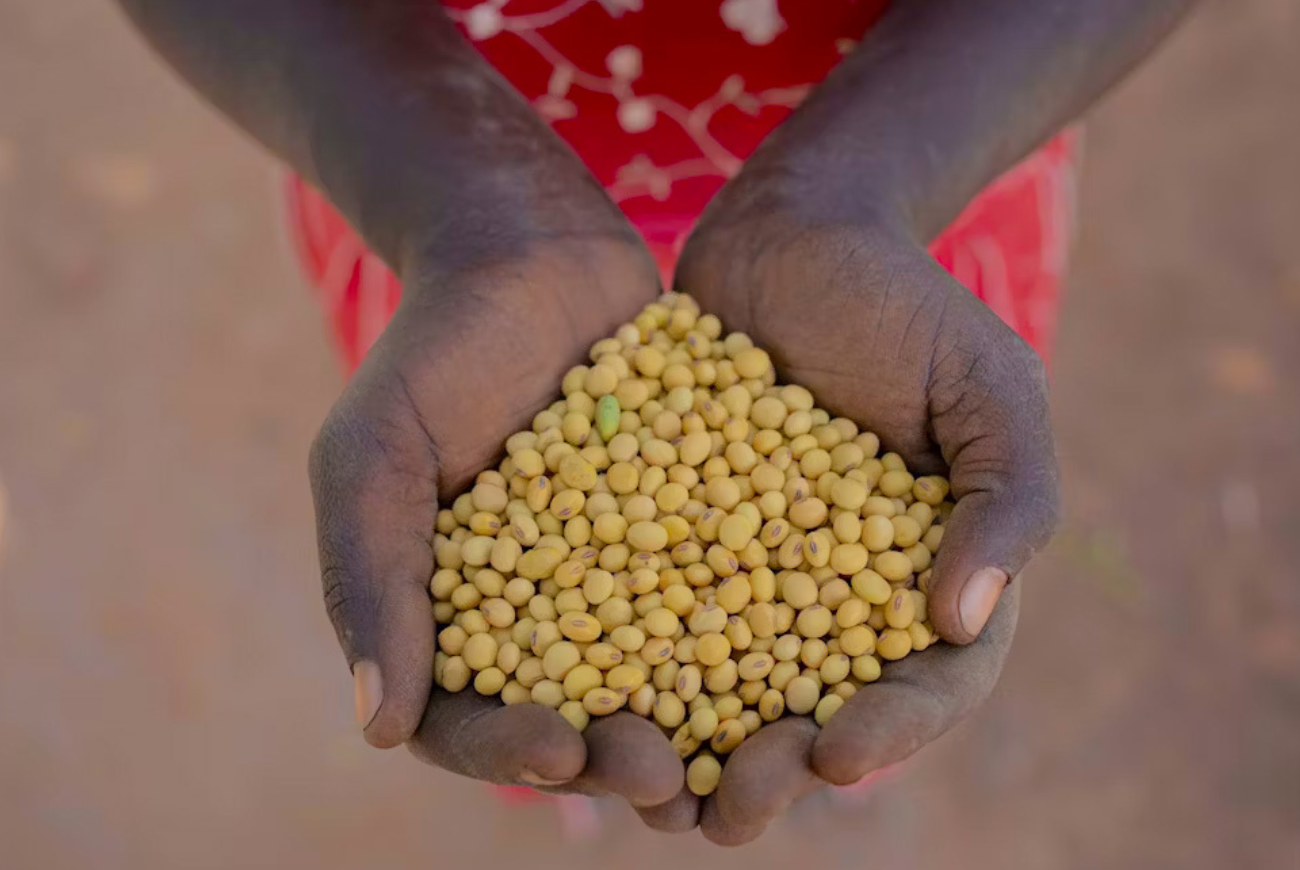
Food loss is the decrease in quantity of food that occurs along the food supply chain before it reaches the consumer. The causes of food loss include inefficiencies in production, post-harvest handling practices, transportation, storage, processing and packaging. A staggering 14% of food produced around the world is lost before it ever reaches retail stores.
Food waste occurs at both the retail and consumer levels when edible food is discarded or uneaten in households and industries like hotels, grocery stores, restaurants and catering. Worldwide, 17% of food is wasted this way. In the United States, food makes up nearly a quarter of all solid waste in landfills.
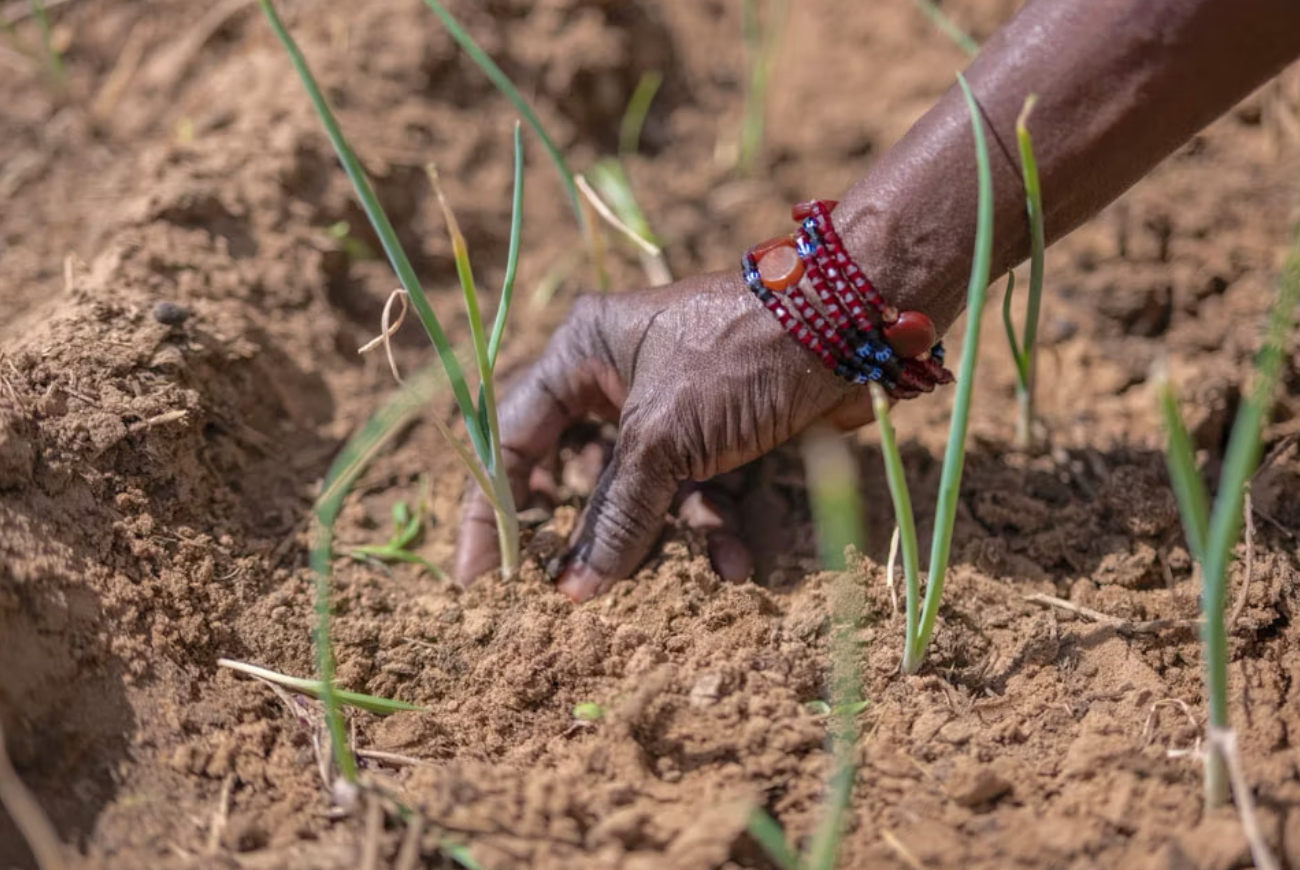
Wasted food causes irreversible environmental damage: It wastes water and energy and produces greenhouse gases, including methane and carbon dioxide, which contribute to climate change.
Nearly 30% of the world’s agricultural land is used to produce food that is never eaten due to food loss and waste, along with enough water to fill Lake Geneva three times. Global food loss and waste ranks higher than any country in the world for consumption of precious surface and ground fresh water.
Greenhouse gases are emitted throughout a food’s lifecycle — from production to disposal — and global food waste has a big carbon footprint. If food loss and waste were a country, its greenhouse gas emissions would rank third in the world.
Beyond the ethical and environmental concerns, the economic ramifications of wasted food are substantial, affecting every country.
Food loss along the production and supply chains not only leads to lost income for farmers but also disrupts the delicate balance of global natural resources. Reduced agricultural productivity and inefficient use of natural resources can lead to higher production costs, decreased profitability and higher prices at the retail and consumer levels, which increases food insecurity globally.
Each year, the cost of food loss and waste to the global economy is approximately $2.6 trillion.
The world produces enough food to feed everyone, yet millions still lack the food they need. The number of people facing hunger has been increasing year over year since 2014, with people in low- and middle-income countries paying the highest price. It is estimated that over half of the people without adequate food live in Asia and more than one-third live in Africa.

Food waste contributes to global hunger. Currently, about one-third of all food produced is wasted. This translates to 1.3 billion tons of food that could have potentially nourished those in need. According to the United Nations, cutting food waste could provide enough food to feed all malnourished people globally.
The consequences of lost and wasted food extend beyond the mere squandering of resources. They have far-reaching effects on the environment, economy and society as a whole. Understanding the scope of this issue and implementing effective strategies to prevent food waste are crucial.
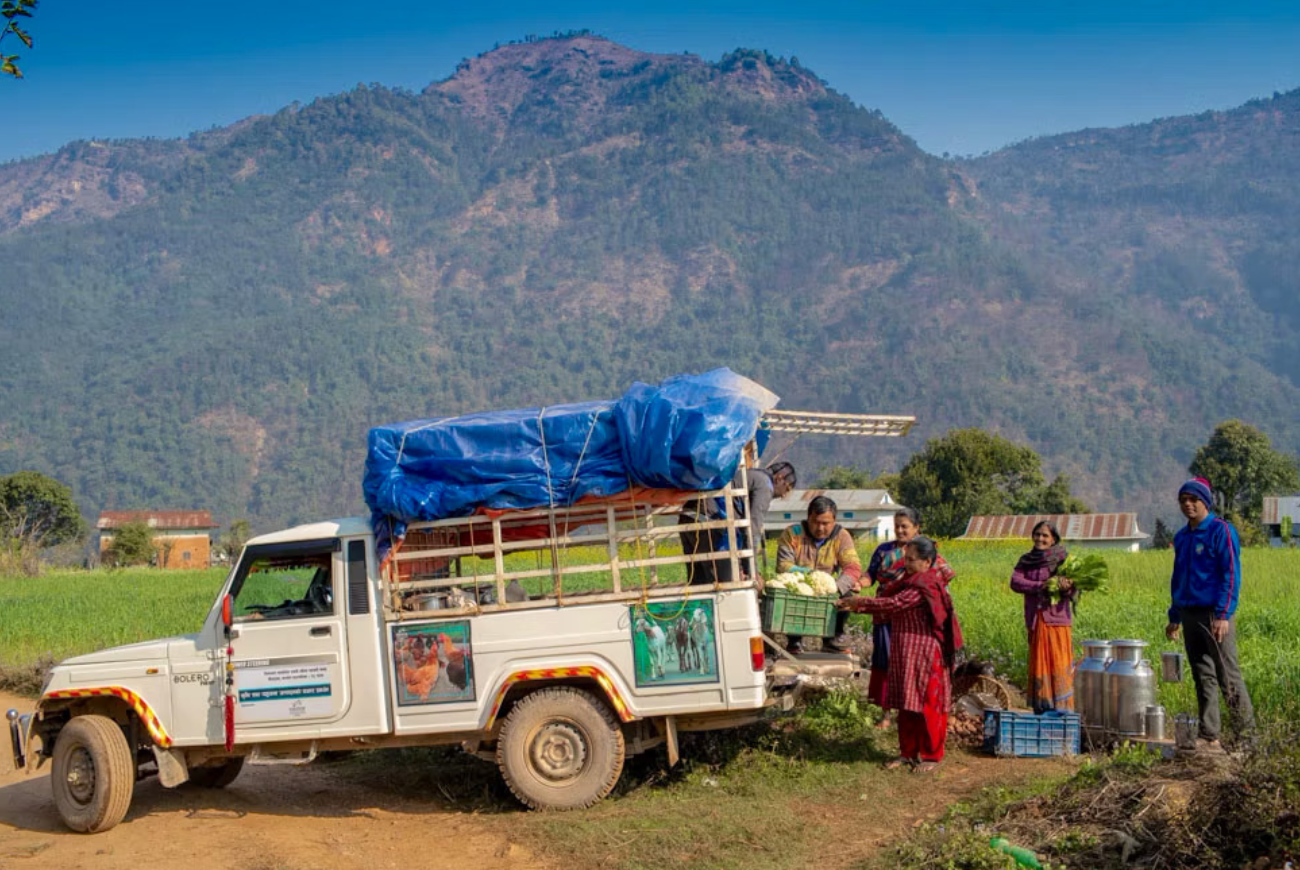
Heifer partners with smallholder farmers in Africa, Asia, Latin America, the Caribbean and the United States to increase productivity, improve agricultural practices and build functional, efficient agribusinesses.
We also invest in infrastructure, connect farmers to markets, and develop value chains in rural communities, helping to establish food systems that provide food and income where they are needed most.
All countries lose or waste roughly the same amount of food every year but for different reasons depending on context and commodity. Sustainable production and food management practices can ensure perfectly good food reaches the plates of those who need it most.
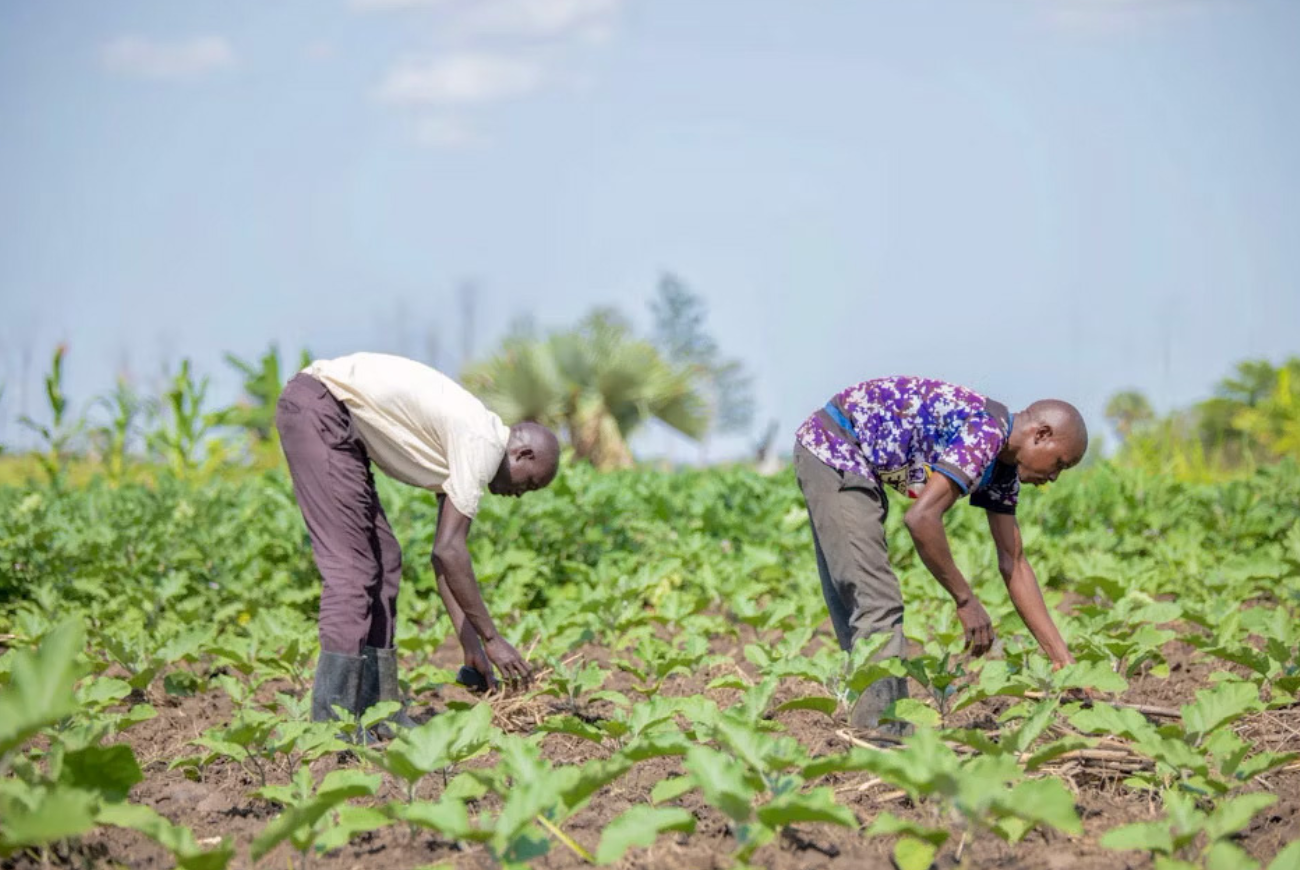
For example, 35% of fruits and vegetables in sub-Saharan Africa are estimated to be lost during post-harvest, processing and distribution, compared to only 15% in Europe, where infrastructure is more advanced.
Research from one district in Uganda found that 4,300 tons of beans were lost each year at the farm level alone, representing a financial loss of $2.3 million at the time of the study.
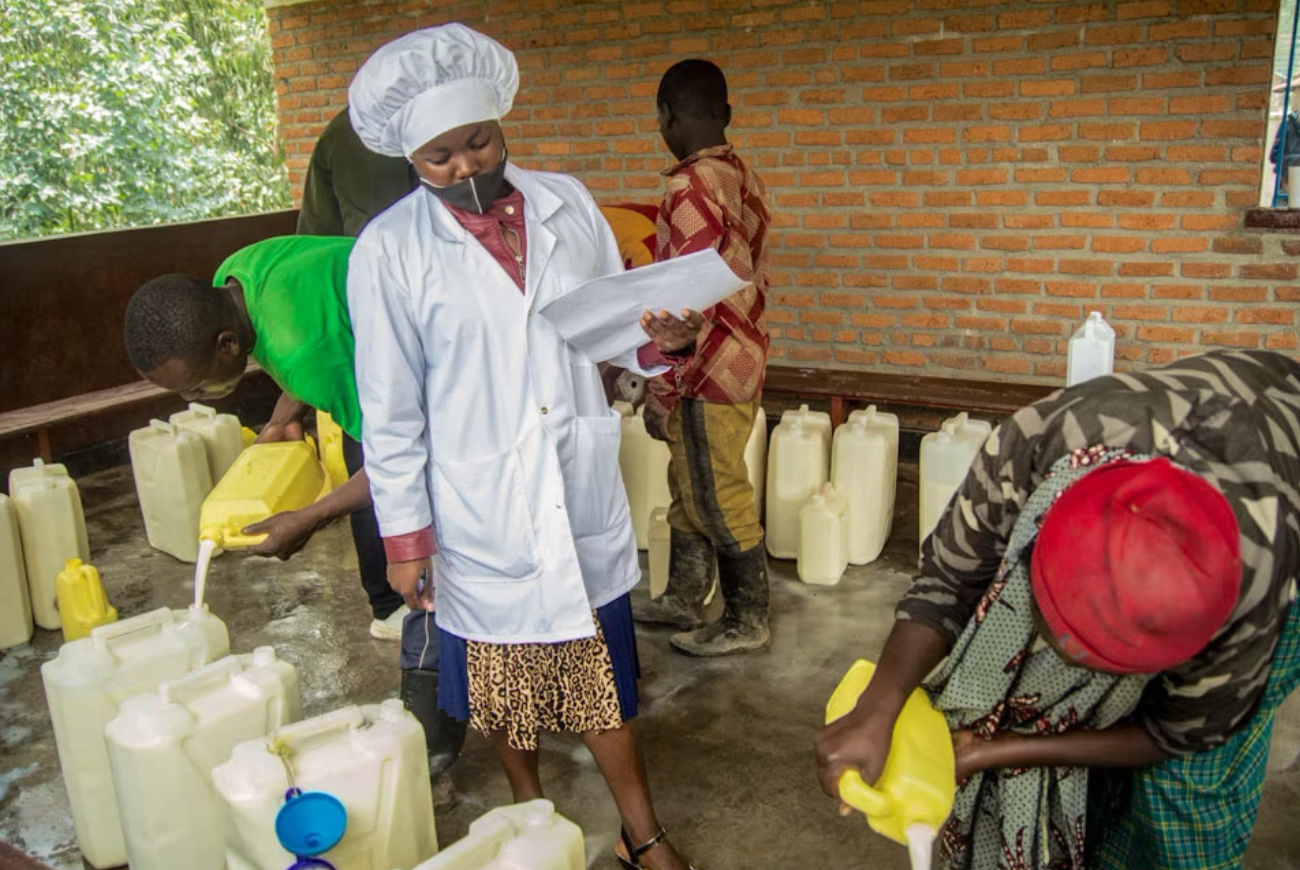
“Solving the issues with food insecurity has reached a boiling point,” according to Adesuwa Ifedi, Heifer International’s senior vice president of Africa programs. “Africa’s food systems need bold, innovative and scalable interventions to address the root causes and ensure sustainable, systemic change.”
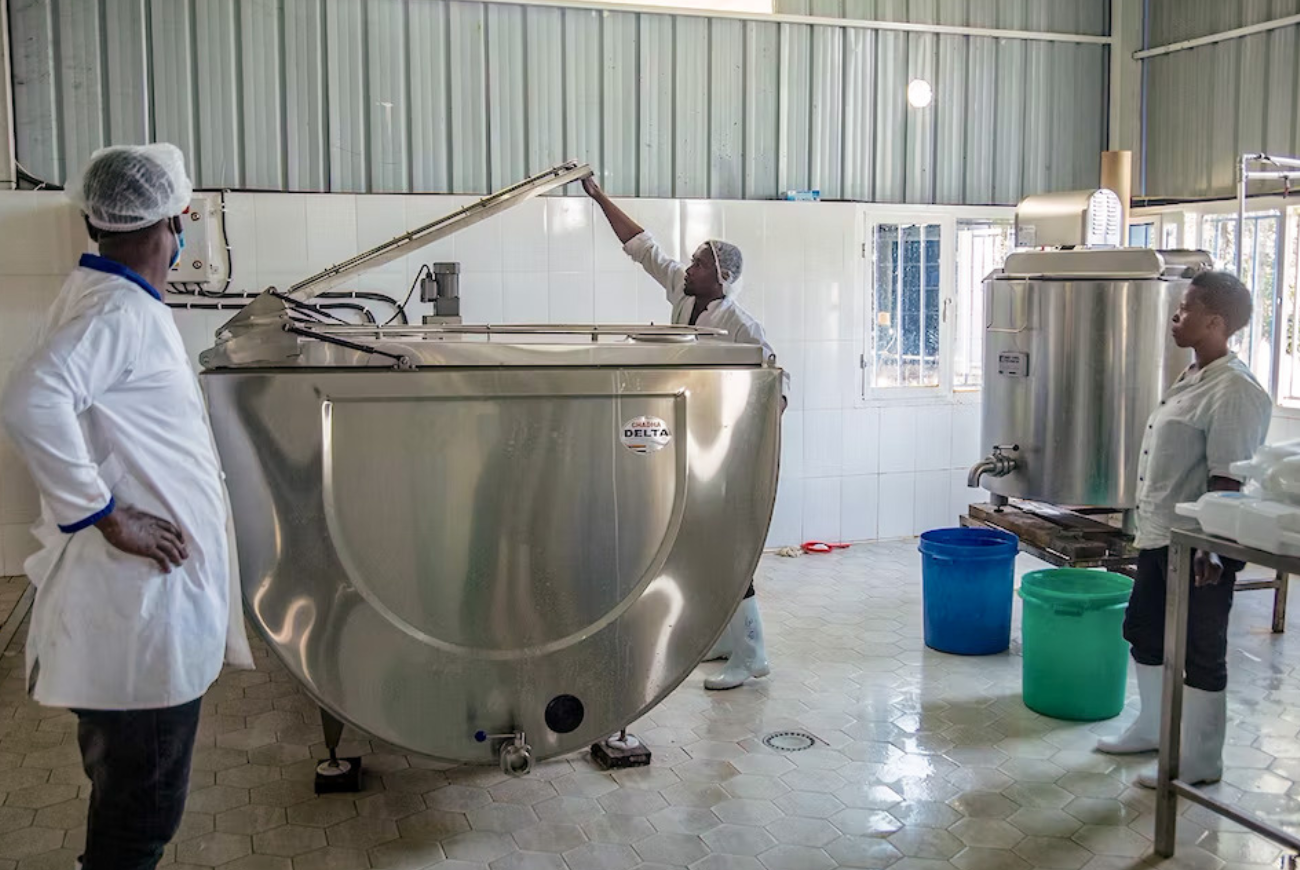
The biggest challenge for existing food systems in Africa is “lack of access to appropriate tech and infrastructure [for farmers and workers] who are required to take food from farm to market,” Adesuwa said. “Technology and mechanization remain key to improving productivity and supply.”
“It’s [about] the ability to rise beyond the conventional way to solve problems,” she added, “creating new ways to solve those problems.”
Incorporating practices that minimize loss at every level of the food supply chain helps to create a more robust and sustainable future for our planet and its inhabitants. By implementing these strategies, we can collectively address the issue of food waste and work toward an equitable food system in line with climate goals.
Heifer International envisions a world where communities are empowered to produce and distribute food to those in need. Guided by the belief that ending hunger and poverty is possible, Heifer has been working to create lasting solutions.
Cart is empty
Success!
Please be patient while we send you to a confirmation page.
We are unable to process your request. Please try again, or view common solutions on our help page. You can also contact our Donor Services team at 855.9HUNGER (855.948.6437).
Covering the transaction fee helps offset processing and administrative fees that we incur through taking payments online. Covering the transaction fee for each payment helps offset processing and administrative fees that we incur through taking payments online. Covering the transaction fee for each payment helps offset processing and administrative fees that we incur through taking payments online.
Success!
Please be patient while we send you to a confirmation page.
We are unable to process your request. Please try again, or view common solutions on our help page. You can also contact our Donor Services team at 855.9HUNGER (855.948.6437).
When you donate a gift to someone, you'll have the option to create a free card after your donation is complete.
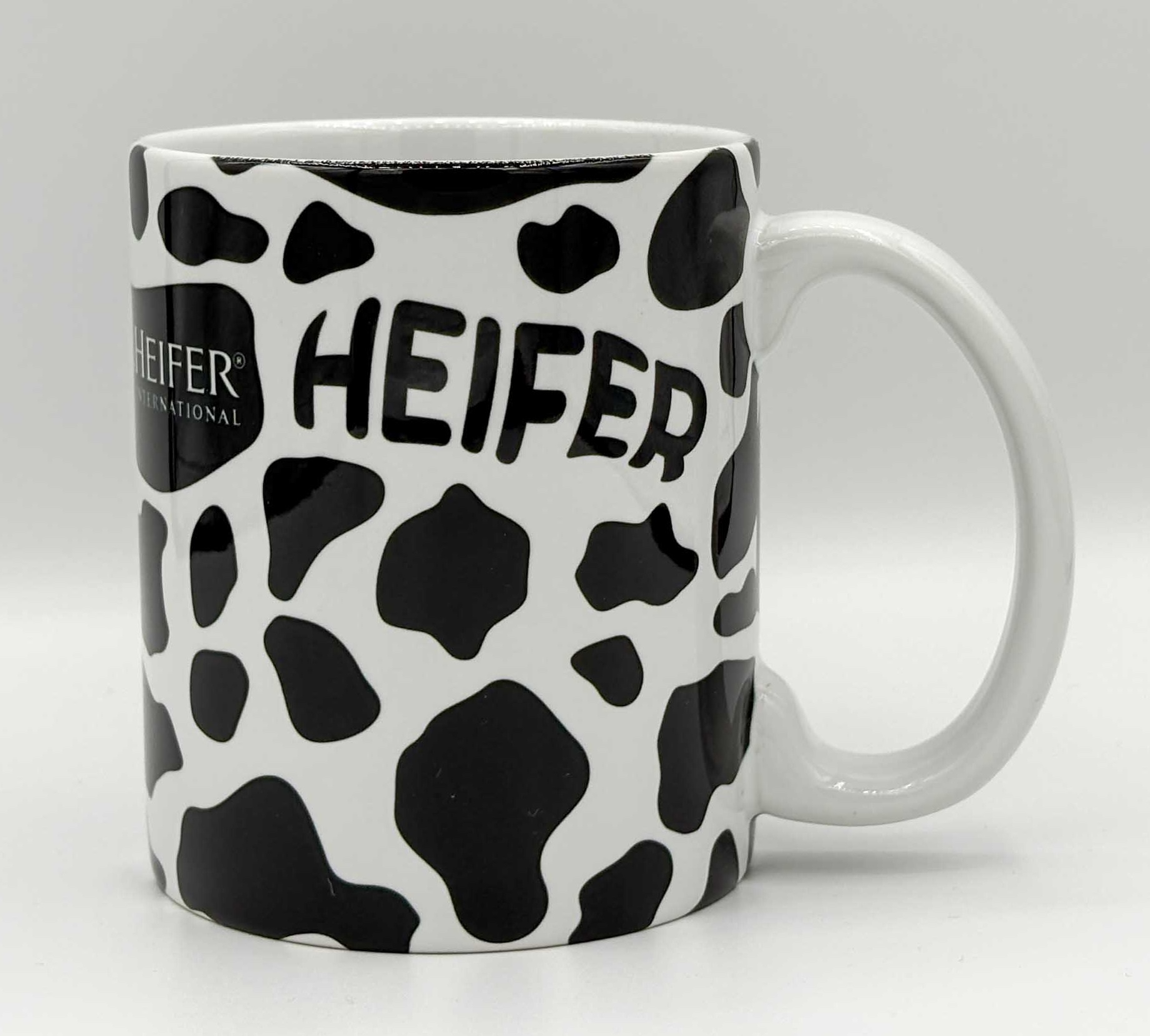
A FREE gift will be sent to supporters who choose to give a monthly gift.
Covering the transaction fee helps offset processing and administrative fees that we incur through taking payments online. Covering the transaction fee for each payment helps offset processing and administrative fees that we incur through taking payments online. Covering the transaction fee for each payment helps offset processing and administrative fees that we incur through taking payments online.

A FREE gift will be sent to supporters who choose to give a monthly gift.